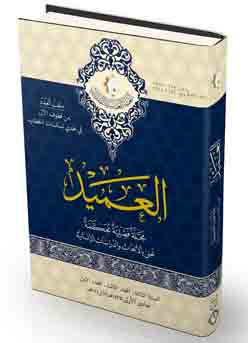Abstract
The pursuit for international security has occupied statesmen ever
since the First World War ended almost a hundred years ago, but
even with the best intentions, efforts to bring about order and stability
in the world have still not achieved a decisive breakthrough.
Peace and security – in spite of the international organizations built
up after the twentieth century’s two world wars – continue to elude
us. Previously, in the nineteenth century, world affairs were governed
by the Powers (i.e. the major European States), who notionally
depended on a ‘concert’ or balance of power to maintain international
order within Europe, but who spread their imperial power
through the rest of the world according to their own devices. In the
twentieth century, the two Superpowers prevailed allowing their
proxies to engage in wars and disturbances beyond their agreed
spheres of influence. Today we live in a multi-polar world, which is
no longer held in check by the receding hegemony of the remaining
Superpower, and where the resultant vacuum has resulted in
the break up of nations and the ascendancy of insurrectionary and
state terror.
How should we view future prospects, and what hope is there that
the present world powers will reach an agreement that might yield
the peace and security that we all desire? Realistically, as long as
present circumstances prevail, we cannot expect that what in 1991
President George H. W. Bush called ‘the new world order’ will be
imminently established. So, according to the terminology of international
relations theory, we might attempt to understand international
affairs according to the ‘pragmatic’, ‘realist’, ‘idealist’, etc.
labels used to categorize the foreign policies of states; however, the
assumptions on which these terms are based rely on past experience
and we cannot assume that leaders will continue to behave as
they did over the last one hundred and fifty years, as exemplified by
the the present incumbent of the oval office.
since the First World War ended almost a hundred years ago, but
even with the best intentions, efforts to bring about order and stability
in the world have still not achieved a decisive breakthrough.
Peace and security – in spite of the international organizations built
up after the twentieth century’s two world wars – continue to elude
us. Previously, in the nineteenth century, world affairs were governed
by the Powers (i.e. the major European States), who notionally
depended on a ‘concert’ or balance of power to maintain international
order within Europe, but who spread their imperial power
through the rest of the world according to their own devices. In the
twentieth century, the two Superpowers prevailed allowing their
proxies to engage in wars and disturbances beyond their agreed
spheres of influence. Today we live in a multi-polar world, which is
no longer held in check by the receding hegemony of the remaining
Superpower, and where the resultant vacuum has resulted in
the break up of nations and the ascendancy of insurrectionary and
state terror.
How should we view future prospects, and what hope is there that
the present world powers will reach an agreement that might yield
the peace and security that we all desire? Realistically, as long as
present circumstances prevail, we cannot expect that what in 1991
President George H. W. Bush called ‘the new world order’ will be
imminently established. So, according to the terminology of international
relations theory, we might attempt to understand international
affairs according to the ‘pragmatic’, ‘realist’, ‘idealist’, etc.
labels used to categorize the foreign policies of states; however, the
assumptions on which these terms are based rely on past experience
and we cannot assume that leaders will continue to behave as
they did over the last one hundred and fifty years, as exemplified by
the the present incumbent of the oval office.
Keywords
clash of culture
cultural security
Extremism
global power
peace
terrorism
